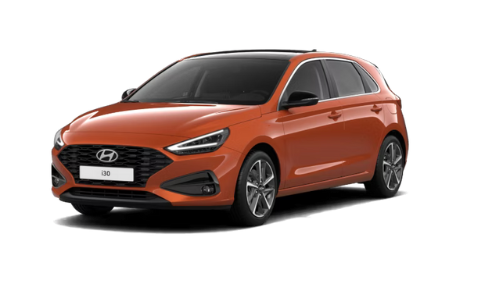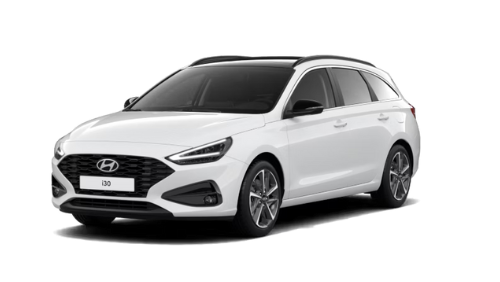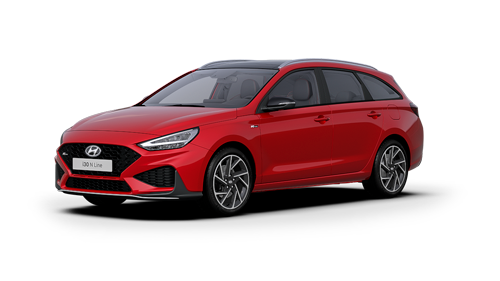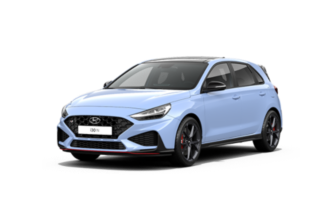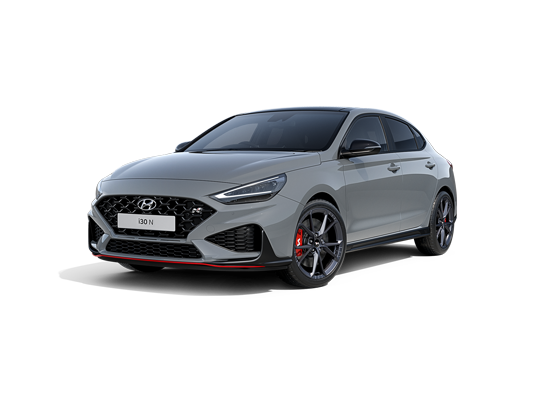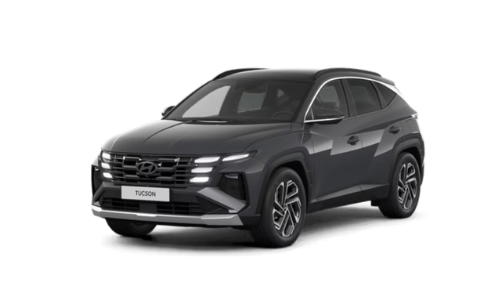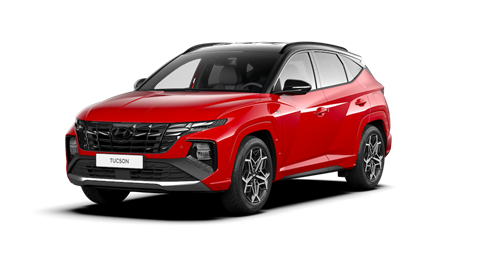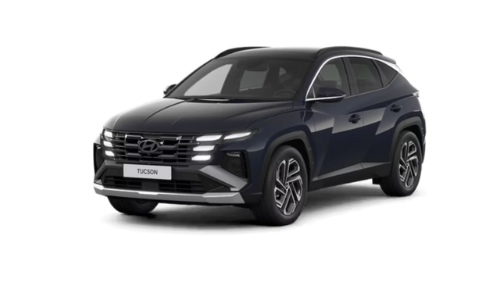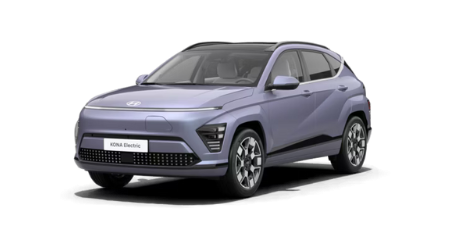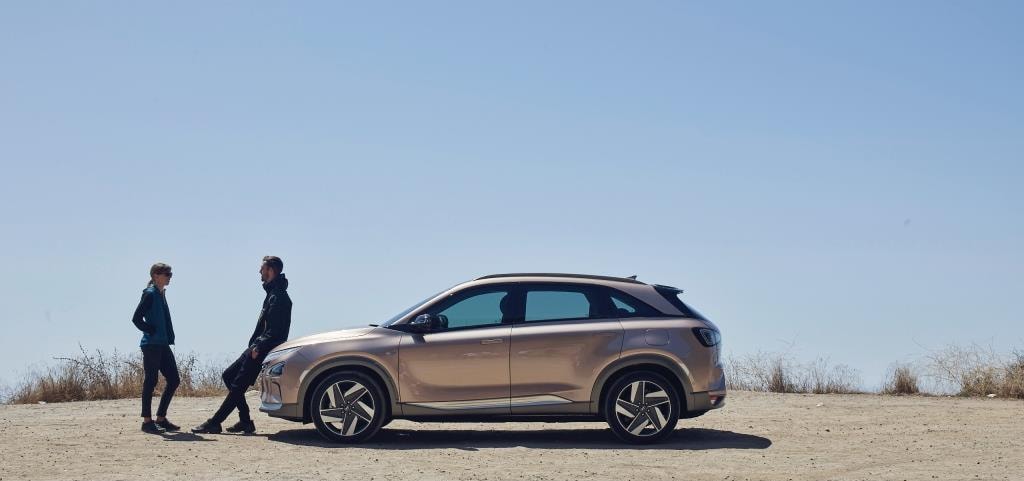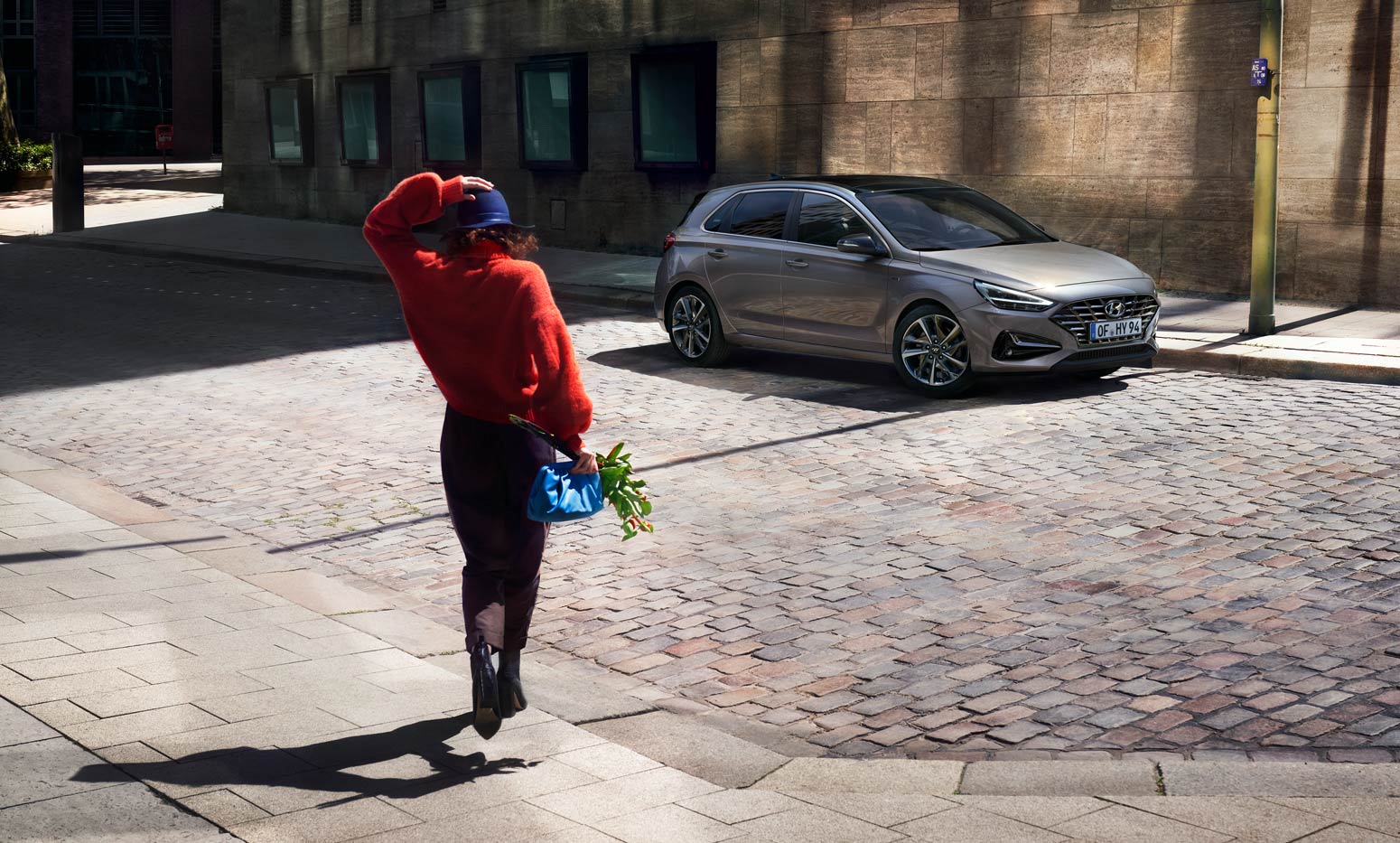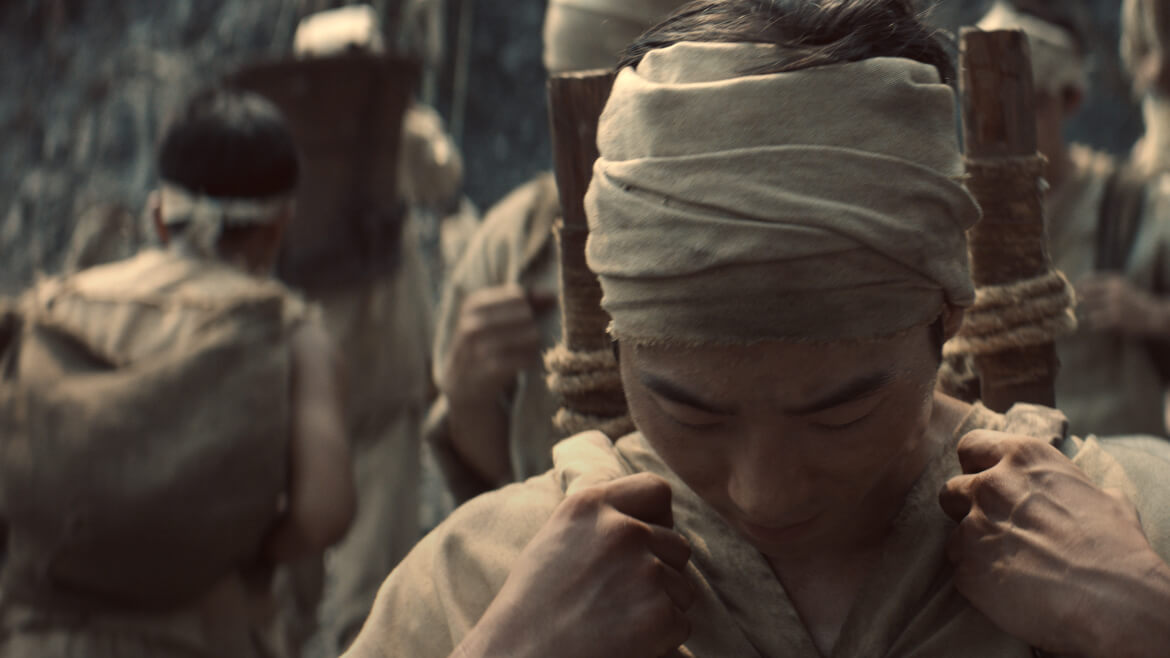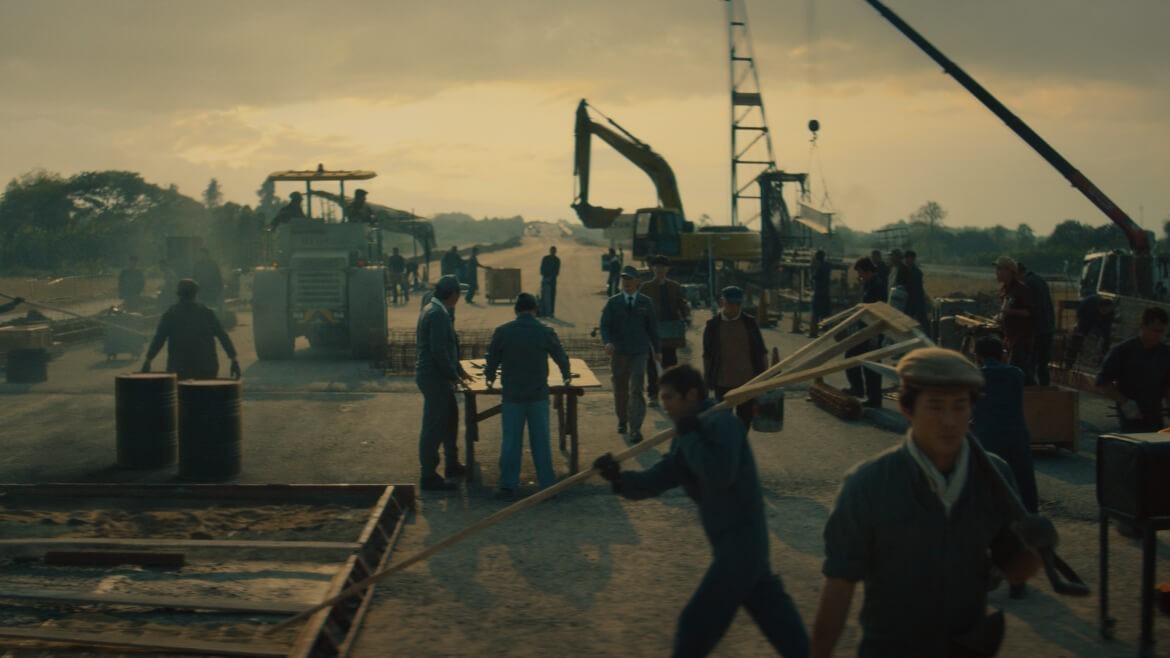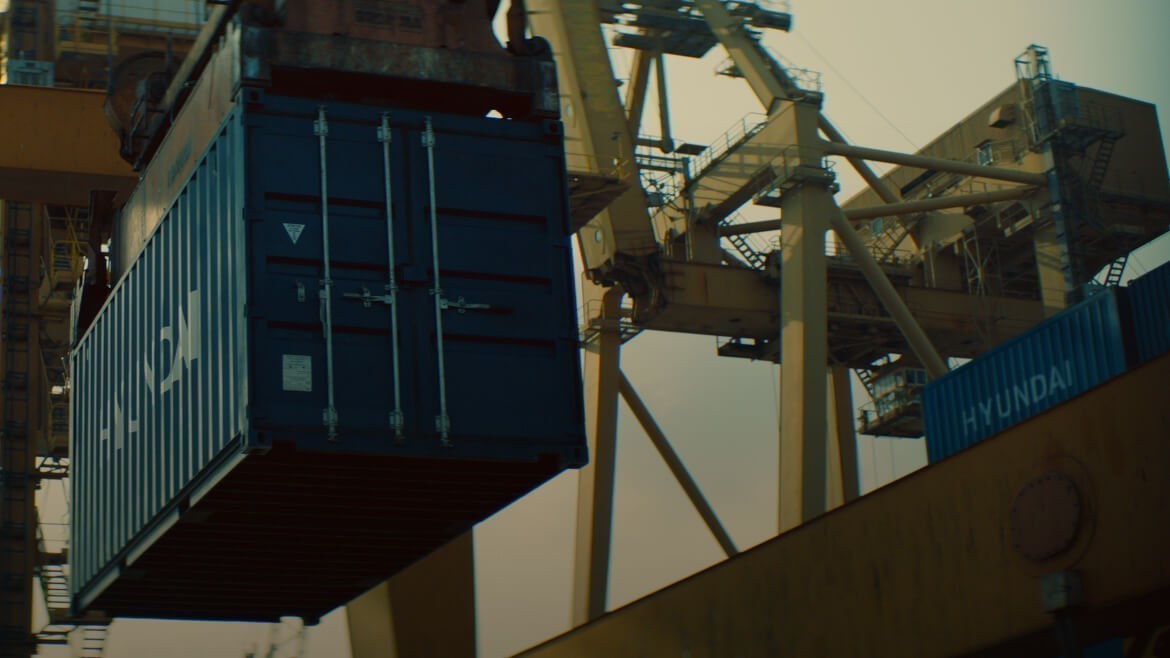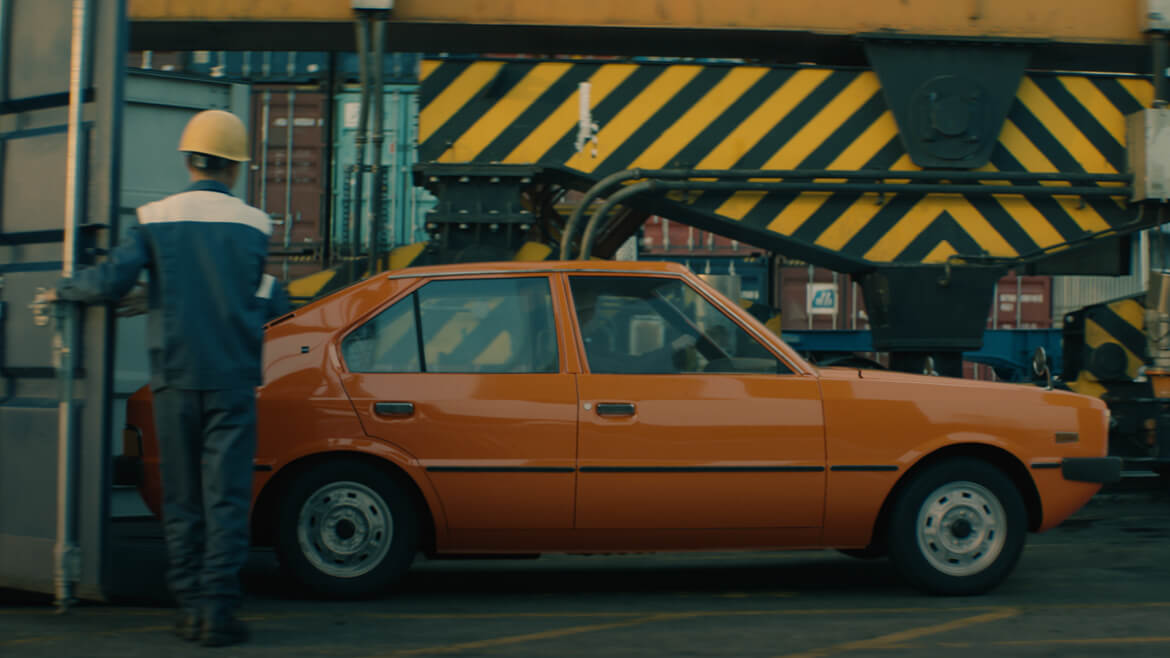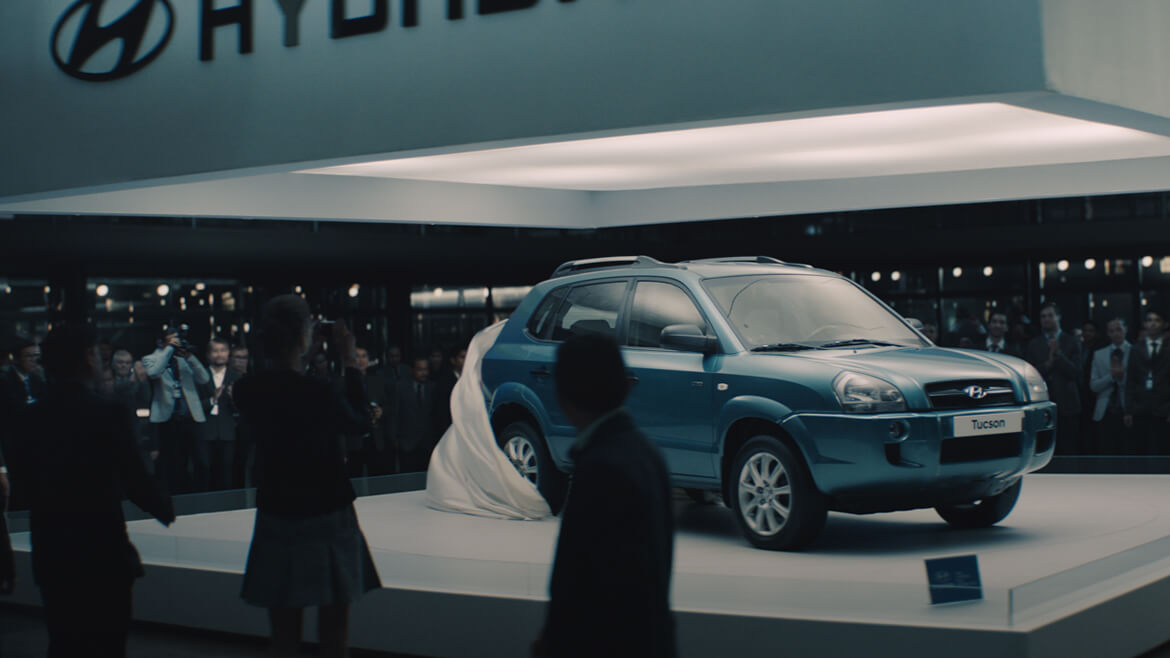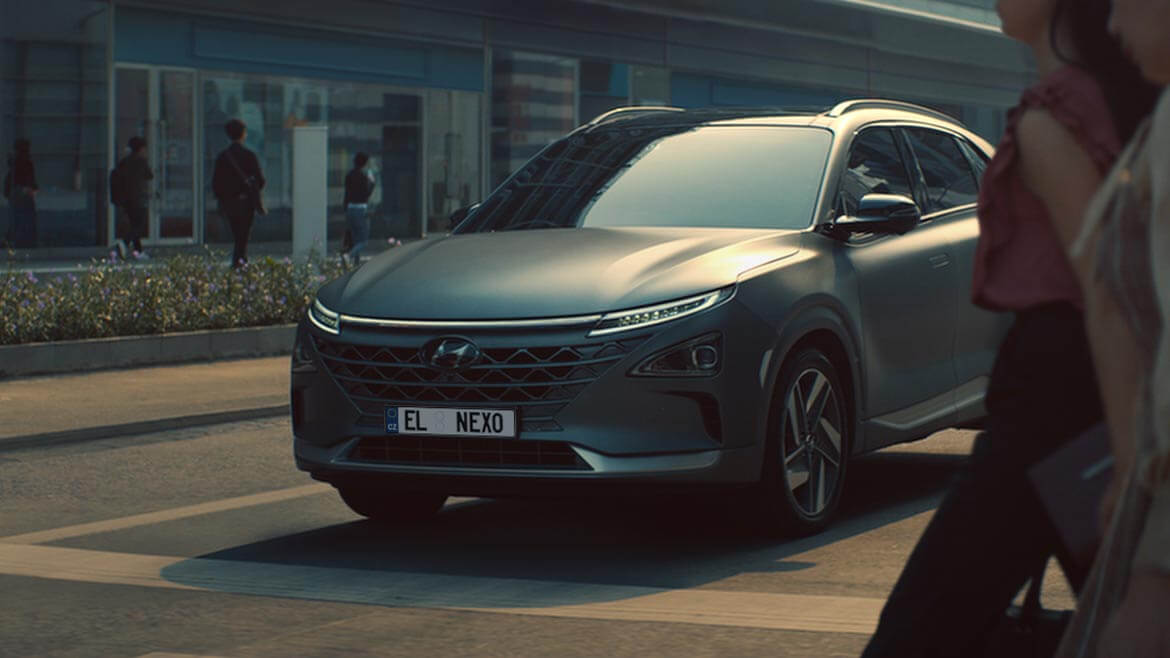Chung Ju-yung, the founder of Hyundai, came from a small village called Asan, about 50 kilometers north of today’s Demilitarized Zone. As the oldest of seven children, he had to help his family from a young age, working alongside his father for 15 to 16 hours a day. He often recalled, “Even though we worked at full capacity, we often didn’t have enough food.” Yet Chung Ju-yung was an optimist. He fondly remembered waking up early in the morning with enthusiasm and anticipation for what he could accomplish for himself and his family during the day. However, his father’s farm offered no place for his dreams, so as a teenager, he often ran away to Seoul in search of new opportunities.
He carried stones as a construction worker or loaded and unloaded ships at the port. Although his father always found him and brought him back home, Chung Ju-yung did not give up. He kept trying to run away again and again. After many attempts, his perseverance paid off—within three years, he worked his way up from a messenger to the owner of a thriving rice business in Seoul. However, with the onset of World War II, he had to leave his business. His desire for a better life, however, remained unshaken. He founded an auto repair shop where cars could be fixed five times faster than the competition. This ingenious idea gave rise to a company that transformed into today’s global automobile manufacturer — Hyundai Motor G.
